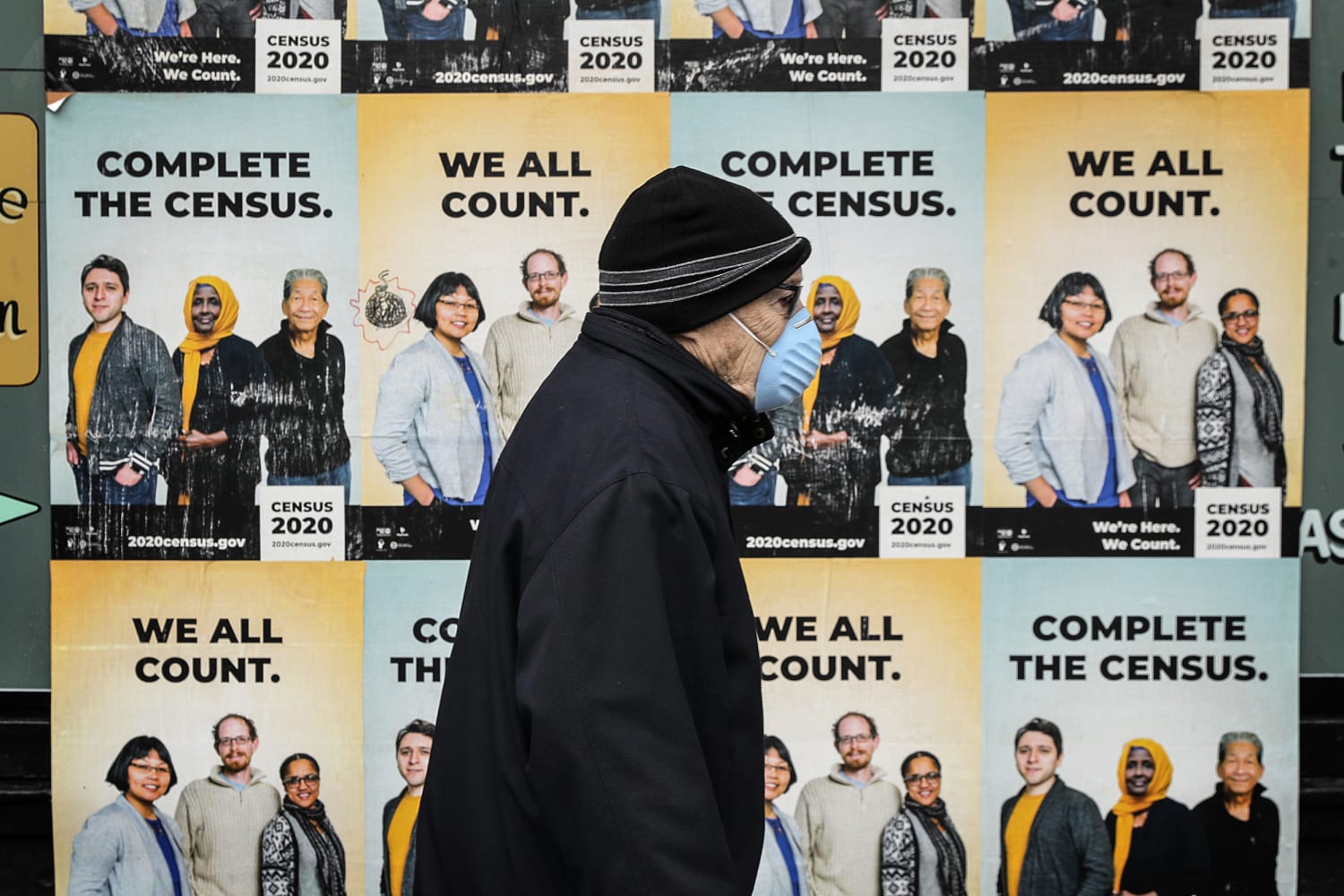The U.S. Census Bureau plans to release next Thursday a trove of data from the 2020 census that should show Latinos have been key to the nation’s last decade of growth — launching a fight to ensure that growth is reflected in political representation.
The data, which is arriving months late, sets in motion the carving of states into congressional and legislative districts by state lawmakers and commissions — the process known as redistricting.
The data will show where Latino growth has happened and give racial and ethnic breakdowns to neighborhood levels, as well as where populations have aged or shifted.
This data dump follows the announcement in April of state population totals, which determined total House seats for each state.
While exact numbers won’t be available until Thursday, demographers have for a decade been issuing estimates and projections on Latino population increases, providing clues on what to expect from the 2020 census.
According to a Pew Research Center analysis released last year that was based on 2019 population estimates, Hispanics accounted for more than half of the nation’s growth in the last decade.
The same was true during the previous decade, when the Hispanic population grew from about 35 million to 50 million. Estimates have shown the population to be around 60 million now, reflecting a slowing down of Latino population growth.
“Not a simple math problem”
To Latino advocates and civil rights groups, that translates into more firepower for demanding the drawing of districts that protect Latinos’ voting strength through majority Hispanic districts and minority influence districts — where Latino voters can swing elections.
With the expectation of increased Hispanic population, “we want to ensure, through data and advocacy, that Latino political power does not decrease in the 2021 redistricting cycle,” said Sonja Diaz, founding executive director of the Latino Policy and Politics Initiative at the University of California, Los Angeles.
“It’s not a simple math problem, there’s politics involved and every state has a different process for how lines are drawn, whether it is the legislature or independent redistricting commissions, and ultimately, this country has had a storied history of vote dilution against communities of color, including Latinos and especially African Americans,” she said.
Arturo Vargas, executive director of the National Association of Latino Elected and Appointed Officials Educational Fund, said he is eager to see what share of each state’s population increase is attributable to Hispanics.
He cited the example of Texas, which gained two congressional seats. Texas state demographer Lloyd Potter has previously reported that 2019 census population estimates show Hispanics are responsible for almost 53 percent of the state’s growth.
Consequently, “we can make the argument of one or both of the new congressional seats can be drawn so Latinos can elect candidates of their choice,” Vargas said. “The same goes for Florida and Colorado.”
In states that lost congressional seats, if their Latino population increases helped reduce their net population loss, “we wouldn’t want the loss of a congressional seat to affect the Latino community,” he said.
Thomas Saenz, president and general counsel of the Mexican American Legal Defense and Educational Fund, warned that where Latinos are living in a state will be a consideration.
“You have to be concentrated in enough numbers in order to create a Latino district,” he said. “If our growth is moving to states where we are not yet large enough, that means already there is less opportunity.”
An accurate count?
Looming over the release is uncertainty about how well the census captured Latino population numbers amid the pandemic, and after the Trump administration instilled fear in Latino households with attempts to include a citizenship question on the census.
“We were surprised by the initial apportionment counts that were released in April,” Vargas said, “which is why we’re eager to see these counts, to try to understand to what extent were Latinos completely and accurately counted.”
Follow NBC Latino on Facebook, Twitter and Instagram.
Source: | This article originally belongs to Nbcnews.com











